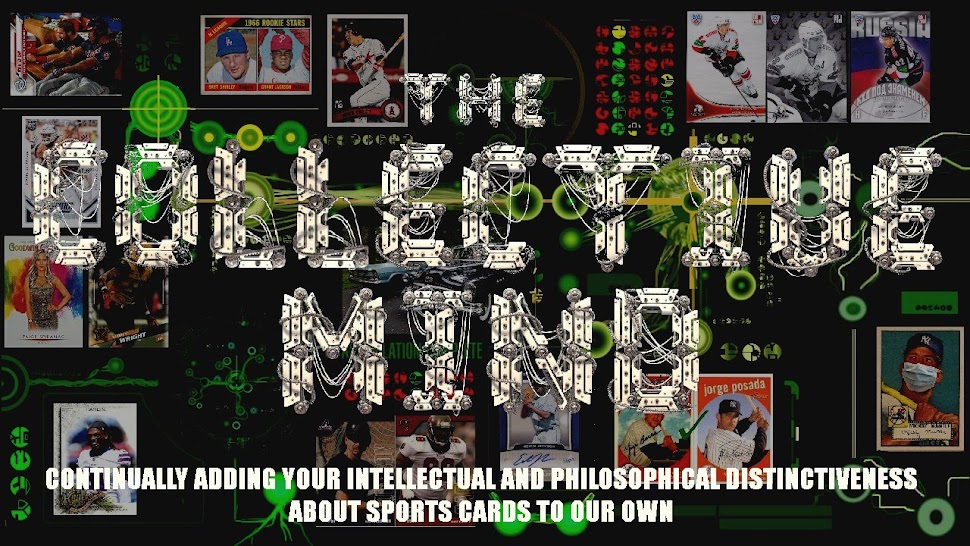The Chantilly show I attended on Friday was a bit disappointing in that I didn't find a whole lot of set killers or special player collection cards. So I'm still debating on whether to make a post about my haul. I got almost as much for a fellow collector who has been holding a stack for me than I did for myself. What I got was largely the same things I usually come home with - 1950 Bowman, 1957 Topps, and a few miscellaneous more recent things.
I did spot Chris Sewall, of Baseball Card Collector Investor Dealer YouTube fame. I introduced myself and said I watch his videos often even though I consider myself the anti-collector (or anti-hype collector - don't care about grading, rookies, or shiny). I fumbled over describing what I collect and we parted ways. Check out his channel, he's not one of these "influencer" guys. His Q&A sessions are always informative.
But anyway, part of what I bought included a couple 1957 Topps cards that were only a dollar each. That's generally a great find, but these had a bit of an issue.
They look fantastic on the front, but when you turn them over....
They both have these paper strips stuck to the back of the card.
This one is shown in progress of removal. I have actually seen this before and was able to cure it.
What you need is a little bit of water (I used a bottle cap), a scraper (or if you're daring, a razor blade - though I'd recommend using the non-blade edge.), a cotton swab, and if you're old like me, a magnifier - preferable that will stand on it's own.
What I do is dip the swab into the water and tap or roll it off so it's not soaked. You only want to dampen the strip, not so much of the surface of the card. Just enough to make the glue let go. Keep the leading edge of the strip damp, but if you get too much water, let it dry and then reapply to just where you need it.
Then I switch to the scraper. Not sure where I got this one, but it's perfect for the job. Keep pushing the paper with a light scraping motion, being careful not to press too hard into the card surface. Once it stops sliding off easily, apply the water again.
Continue working it down and dampening the leading edge. Typically I would get about and eight to a quarter of an inch increments before dampening again. It's slow work, but it pays off. The first strip was basically whole and came off in one piece. Wasn't perfect, but it'll do.
The other one had been partially removed so it came off in fragments. And there was a little damage already at the end.
But they're both much better than they were. I guess those strips were how someone catalogued their cards or something. Well, now I have a couple really decent '57s that were only a dollar each!
Let me know in the comments if you've ever had to do rehab work on a card...










Think the most card-rehabbing I've done has involved removing wax stains on the front, which can be hit-and-miss ... I have a difficult time paying attention to card videos, not sure I want to watch one with "investor" in the description.
ReplyDeleteGlad you were able to remove the tape off safely. I don't know if I have any cards with that kind of tape on it. I know I have a few with the clear tape from the 70's. that has yellowed/browned. They're in my damaged card binder, so I'm not complaining.
ReplyDelete👍
ReplyDeleteNever done that sort of thing, although I'm sure there's something in my collection which would benefit from it. But I wanted to mention that your method is similar to that used by Beatle collectors to peel a Butcher cover--there's a famous Beatles album cover where early copies have a different cover, and in some cases the new cover was places over the original. So they do something like this to reveal the rare original version.
ReplyDeleteThanks for the tutorial!
ReplyDeleteThanks for sharing the how-to!
ReplyDeleteLike NO, the biggest thing I've ever done is wax stains. I usually have pretty good luck with those.
ReplyDelete